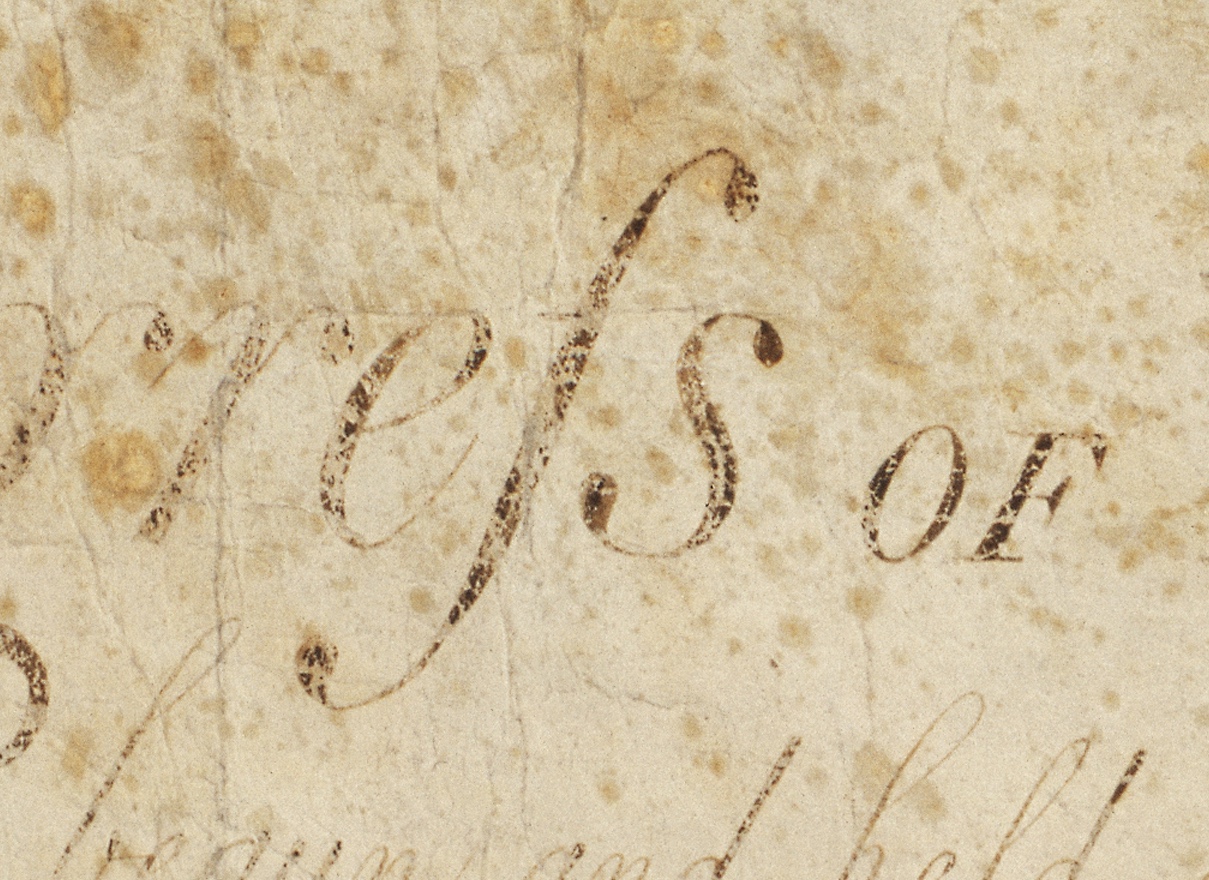Eszett (ß = German sharp S)
In the
German alphabet, ß (Unicode U+00DF) is a consonant letter that evolved
as a ligature of "long s and z" (ſz) and "long s over round s" (ſs).
The combination of
long s and s is also seen in
Early Modern English (example from the
US Bill of Rights)
Since the German spelling reform of 1996, both
ß and ss are used to represent /s/ between two vowels. In
alphabetizing German words, the collation rules say to treat ß as a
double "s".
Source: http://en.wikipedia.org/wiki/%C3%9F
If locale-based string comparison is not available, converting to UPPERCASE is better than lowercase. For example,
uppercase("Straße") == uppercase("Strasse") == "STRASSE"
lowercase("Straße") != lowercase("Strasse"), because "straße" != "strasse"
Source: http://en.wikipedia.org/wiki/%C3%9F
If locale-based string comparison is not available, converting to UPPERCASE is better than lowercase. For example,
uppercase("Straße") == uppercase("Strasse") == "STRASSE"
lowercase("Straße") != lowercase("Strasse"), because "straße" != "strasse"
UPDATE: According to Wikipedia, "Traditionally, ⟨ß⟩ did not have a capital form, although some type designers introduced de facto capitalized variants. In 2017, the Council for German Orthography officially adopted a capital, ⟨ẞ⟩, as an acceptable variant in German orthography, ending a long orthographic debate. Since 2024 the capital ⟨ẞ⟩ (ligature) has been preferred over ⟨SS⟩ (two letters)."

No comments:
Post a Comment